The Atmos – Air Filtration Masks
MPIN: MP35816
Sign in to view priceThe Atmos is a wearable air purifier mask that creates a positive pressure clean air environment for you to breathe freely, requiring no seal around the mouth and nose.
Ask for Quote
ResApp
Instantly diagnose and manage respiratory disease using only a smartphone.
We provide point of care diagnostic solutions for telehealth that are easily integrated into existing platforms. We are working on apps to provide instant clinical quality diagnostic tests and management tools directly to consumers and healthcare providers.
ResAppDx-EU is CE Marked in Europe and TGA approved in Australia.


A world-leading technology platform
Over the last five years the research team, led by Associate Professor Udantha Abeyratne at The University of Queensland, has pioneered algorithms that accurately characterise the state of patients’ respiratory tracts. The team has created a powerful platform for respiratory disease diagnosis and management which only requires the sound of the patient’s cough or breathing and does not require physical contact. With the high quality microphones in today’s smartphones the platform can be delivered without the need for additional hardware.
Respiratory disease diagnosis using only the sound of a patient’s cough
ResApp’s technology, originally developed by Associate Professor Udantha Abeyratne at The University of Queensland is based on the premise that cough and breathing sounds carry vital information on the state of the respiratory tract. ResApp was created to diagnose and measure the severity of a wide range of chronic and acute diseases such as pneumonia, asthma, bronchiolitis and chronic obstructive pulmonary disease (COPD) using this insight.
Typically, doctors use stethoscopes to listen to the lungs as the first indication of a respiratory problem. The information available from these sounds is compromised as the sound has to first pass through the chest musculature which muffles high-pitched components of respiratory sounds. In contrast, the lungs are directly connected to the atmosphere during respiratory events such as coughs. These audible sounds, used by ResApp, contain significantly more information than the sounds picked up by a stethoscope. ResApp’s approach is automated and removes the need for human interpretation of respiratory sounds.
We have taken a machine learning approach to develop highly-accurate algorithms which diagnose disease from cough and respiratory sounds. Machine learning is an artificial intelligence technique that constructs algorithms with the ability to learn from data. In our approach, signatures that characterise the respiratory tract are extracted from cough and breathing sounds. We start by matching signatures in a large database of sound recordings with known clinical diagnoses. Our machine learning tools then find the optimum combination of these signatures to create an accurate diagnostic test or severity measure (this is called classification). Importantly, the team at The University of Queensland believes these signatures are consistent across the population and not specific to an individual so there is no need for a personalised database.
Over the last five years the research team led by Associate Professor Abeyratne has pioneered a unique set of signatures and classifier technology that accurately characterises the respiratory tract. Their approach forms a powerful platform for respiratory disease diagnosis and management. The platform is based on sound alone and does not require physical contact with the patient. With modern smartphones integrating high quality microphones, the platform can be delivered without the need for additional hardware.
Shipping Policy
Orders made at Medpick are initiated and processed for shipment upon receipt of request from the customer. Please note that our Shipping Services (Fee, Transportation, Loss or Damage of any shipment, etc.) are in accordance with the Seller\'s terms of Shipment.
Refund Policy
Please refer to Medpick Return Policy.
Cancellation / Return / Exchange Policy
Please refer to Medpick Return Policy.
 REGISTER
REGISTER
 SIGN IN
SIGN IN

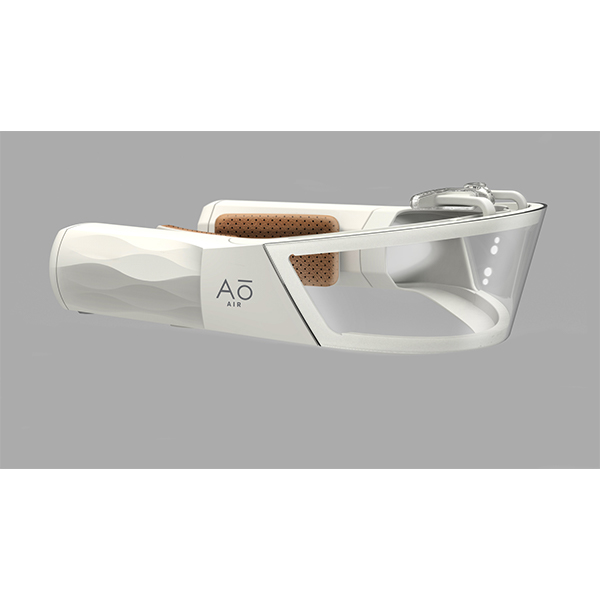
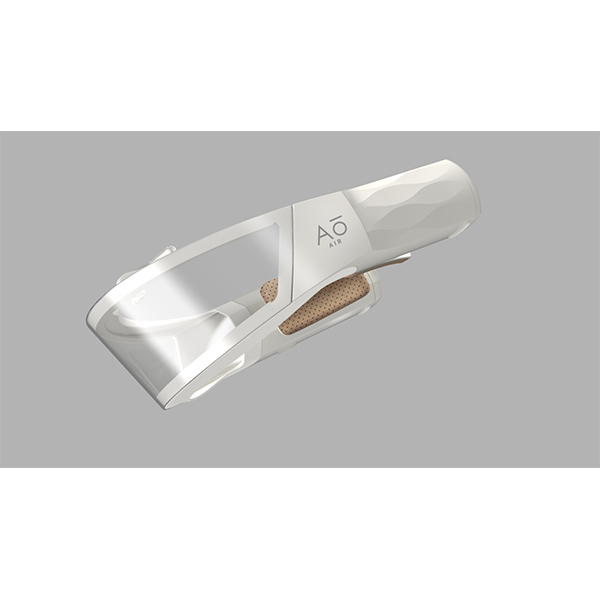
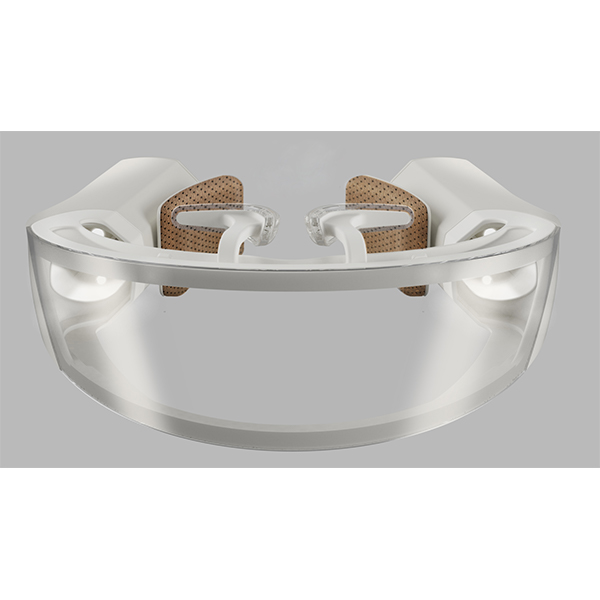
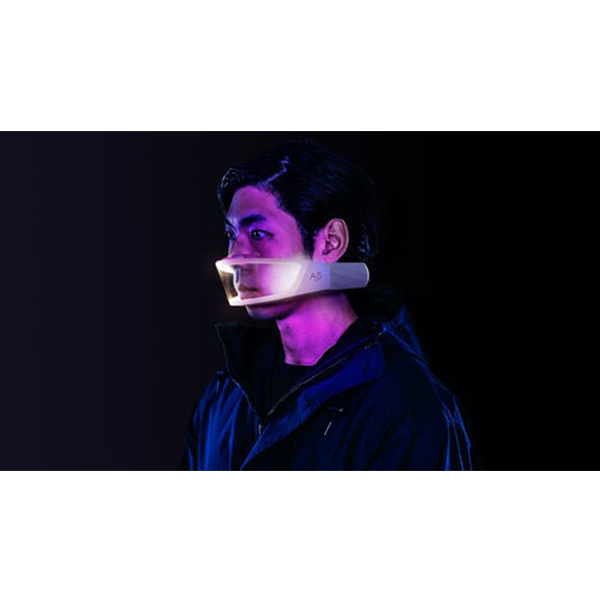
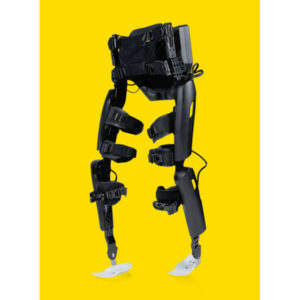

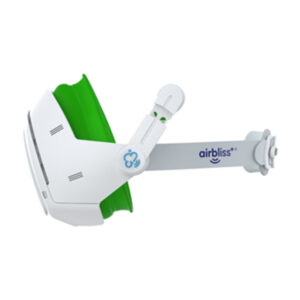
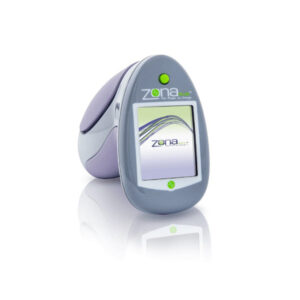
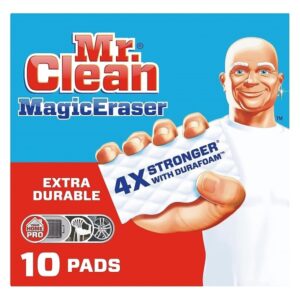
 Free Shipping
Free Shipping
